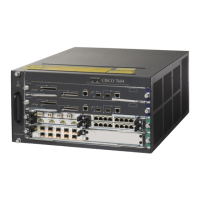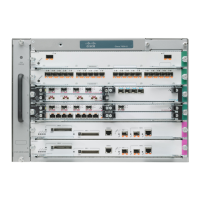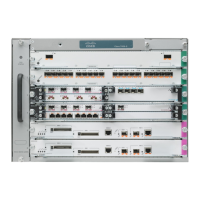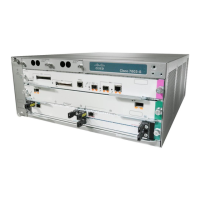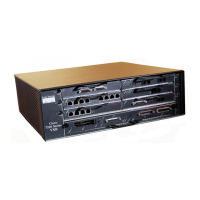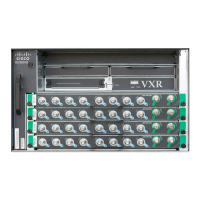25-2
Cisco 7600 Series Router Cisco IOS Software Configuration Guide—12.1E
78-14064-04
Chapter 25 Configuring IEEE 802.1X Port-Based Authentication
Understanding 802.1X Port-Based Authentication
Device Roles
With 802.1X port-based authentication, the devices in the network have specific roles as shown in
Figure 25-1.
Figure 25-1 802.1X Device Roles
The specific roles shown in Figure 25-1 are as follows:
• Client—The device (workstation) that requests access to the LAN and router services and responds
to requests from the router.The workstation must be running 802.1X-compliant client software such
as that offered in the Microsoft Windows XP operating system. (The client is the supplicant in the
IEEE 802.1X specification.)
Note To resolve Windows XP network connectivity and 802.1X port-based authentication issues,
read the Microsoft Knowledge Base article at this URL:
http://support.microsoft.com/support/kb/articles/Q303/5/97.ASP
• Authentication server—Performs the actual authentication of the client. The authentication server
validates the identity of the client and notifies the router whether or not the client is authorized to
access the LAN and router services. Because the router acts as the proxy, the authentication service
is transparent to the client. The Remote Authentication Dial-In User Service (RADIUS) security
system with Extensible Authentication Protocol (EAP) extensions is the only supported
authentication server; it is available in Cisco Secure Access Control Server, version 3.0. RADIUS
uses a client-server model in which secure authentication information is exchanged between the
RADIUS server and one or more RADIUS clients.
• Cisco 7600 Series Router (also called the authenticator and back-end authenticator)—Controls the
physical access to the network based on the authentication status of the client. The router acts as an
intermediary (proxy) between the client and the authentication server, requesting identity
information from the client, verifying that information with the authentication server, and relaying
a response to the client. The router includes the RADIUS client, which is responsible for
encapsulating and decapsulating the EAP frames and interacting with the authentication server.
When the router receives EAPOL frames and relays them to the authentication server, the Ethernet
header is stripped and the remaining EAP frame is reencapsulated in the RADIUS format. The EAP
frames are not modified or examined during encapsulation, and the authentication server must
support EAP within the native frame format. When the router receives frames from the
authentication server, the server’s frame header is removed, leaving the EAP frame, which is then
encapsulated for Ethernet and sent to the client.
Workstations
(clients)
Catalyst switch
or
Cisco Router
Authentication
server
(RADIUS)
79549

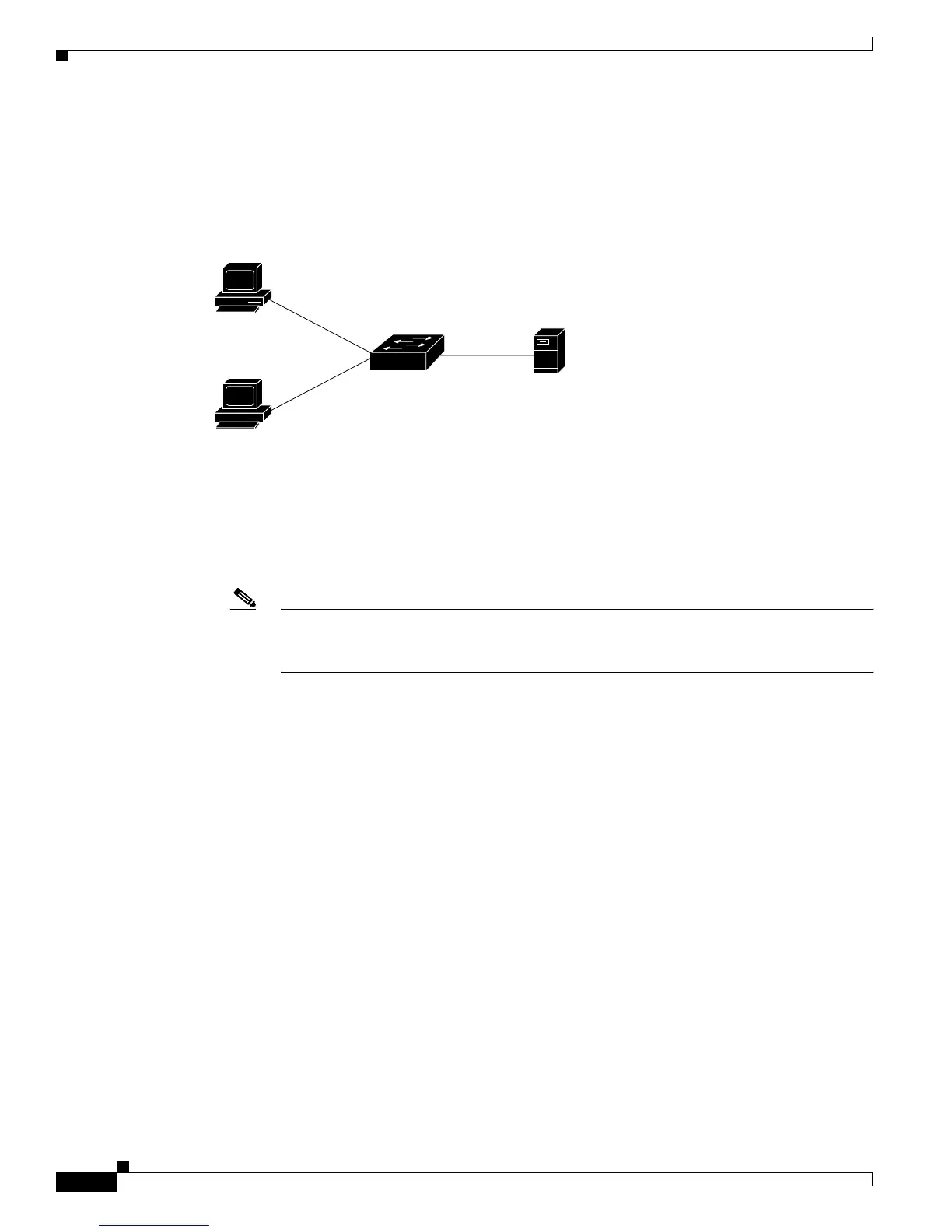